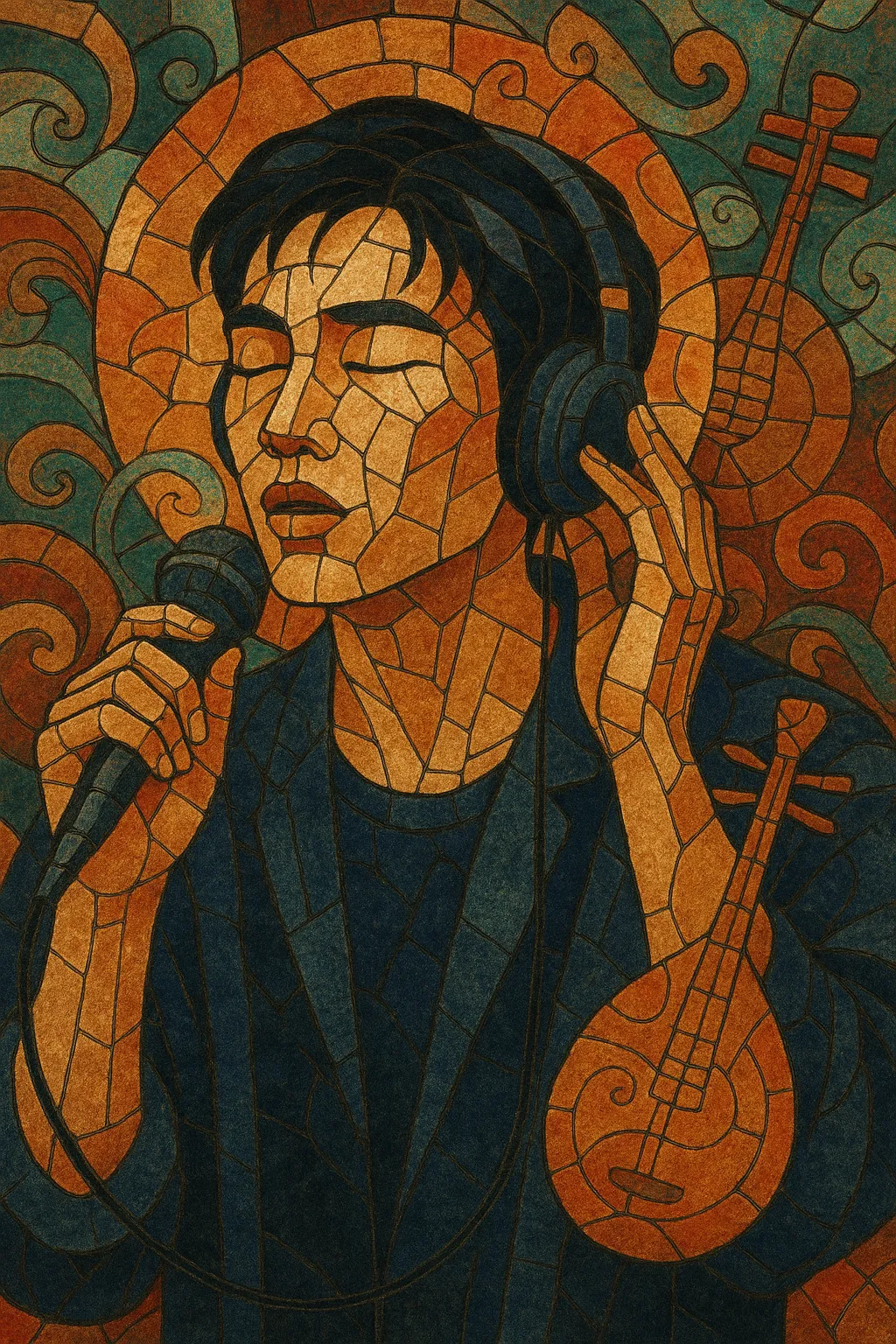Chinese R&B blends contemporary R&B songcraft—soulful vocals, lush harmonies, and groove-forward production—with Mandarin- or Cantonese-language lyricism and melodic sensibilities rooted in Chinese pop. It favors warm keyboards (Rhodes, pads), tasteful guitar, and bass-led rhythms, often marrying laid-back swing or half-time feels with modern hip hop drums.
The style is defined by smooth, melismatic singing adapted to tonal languages, romantic and introspective themes, and arrangements that sit between pop balladry and urban club textures. While firmly inspired by American R&B, it frequently folds in pentatonic motifs, Chinese instrumental colors, and Mandopop/Cantopop songwriting structures to create a distinct, regionally resonant sound.
Chinese R&B emerged in the late 1990s within the Mandopop/Cantopop ecosystem, especially in Taiwan’s highly developed pop industry. Artists like David Tao and Wang Leehom—both deeply influenced by American soul and R&B—introduced contemporary R&B vocal stylings, harmonies, and production into Chinese-language pop, setting the stage for a new urban sound.
The early 2000s saw rapid popularization as Jay Chou fused R&B phrasing and hip hop rhythms with Chinese melodic motifs, helping define a widely appealing, hybrid “urban Mandopop.” Across Greater China (Taiwan, Hong Kong, and Mainland China), labels invested in R&B-inflected pop, and singers adopted smoother vocal deliveries, syncopated grooves, and richer chord palettes. This decade cemented Chinese R&B as a core modern influence on Mandopop and Cantopop.
With streaming platforms and online music culture, the palette broadened: alternative R&B textures, neo-soul warmth, and trap-leaning drums entered the sound. Artists such as Khalil Fong, Tia Ray (Yuan Yawei), and Lay Zhang explored gospel-tinged harmonies, live-band aesthetics, and contemporary urban production. Cross-border collaborations and bilingual releases further connected Chinese R&B to global trends while retaining local linguistic and melodic identity.
Chinese R&B continues to evolve alongside Asian hip hop and pop. Sleek, minimal arrangements, 808-heavy low end, and atmospheric sound design coexist with classic R&B songwriting. International collaborations (including with Korean and Western artists) and the rise of independent producers have expanded both the sonic vocabulary and the audience reach, reinforcing Chinese R&B’s role in shaping the modern face of Mandopop/Cantopop.


